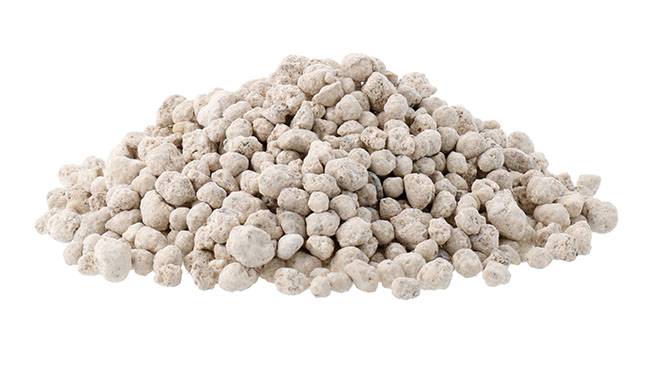
The gardening season is over and it’s time to start preparing for the next season! Of course, with the preparation of the soil, most gardeners and vegetable farmers, have coped with it.
But the question of how to make the harvest richer, save time, and without the help of chemical fertilizers, of course, remains. And today we will try to show you the right way to care for plants.
Vitamins and minerals are needed not only by humans but also by plants. Deficiencies of boron, iron, and calcium can quickly affect fruits and shoots. Experienced gardeners have learned to identify externally which nutrients shrubs are deficient with micronutrients. also, want to know? Try it out!
Boron
If a plant is deficient in boron, it can be noticed straight away: the growing points (where many twigs are) start to grow slowly, pollen is scarce, ovaries are few, and fruits do not develop properly. But worst of all, vegetables crack and are vulnerable to diseases.
Apply micronutrients before flowering, but after the plant has already formed leaves, because of the assimilation of boron with chlorophyll and nitrogen. The best choice is the humus form – this micronutrient is rapidly absorbed in its entirety.
Cauliflower and Brussels sprouts, asparagus, apples, and pears especially need boron. Less need it tomatoes, carrots, lettuce and tobacco, stone fruit and fruit crops. Well tolerated deficiency of boron beans, peas, potatoes, strawberries.
Iron
If the spaces between the veins of the leaves turn white, it is a clear sign of iron deficiency, as well as the color of young shoots is yellowish. If the deficiency is obvious, the new shoots may even die. The formation of chlorophyll without iron is impossible because it is an enzyme that affects the assimilation of nitrogen.
It has a particularly good effect on the immunity and status of plants – vegetables or ornamentals – chelated with iron. It is an economical preparation that can be completely absorbed, so it does not need to be applied in large quantities.
Iron deficiency particularly affects grapes, corn, hops, cabbage, potatoes, tomatoes, fruit trees, and rose bushes.
Calcium
Calcium deficiency shows up as tops, twisted young shoots, wilting, and falling off. Growth is slow because the root system is too underdeveloped. Leaves turn yellow and brown spots appear on them.
Nutshells are poorly formed. Calcium is involved in metabolic processes and regulates the amount of fluid in the tissues, thus increasing the plant’s turgor and making the plant less susceptible to pest attacks.
Calcium deficiency is particularly detrimental to cabbage, nightshade, cruciferous and perennial grasses. Among houseplants, cacti and succulents are affected.
Remember all the signs well? Now forget about it, because with our products you don’t need to figure out exactly what substances are missing in cucumbers, potatoes or cabbage.







